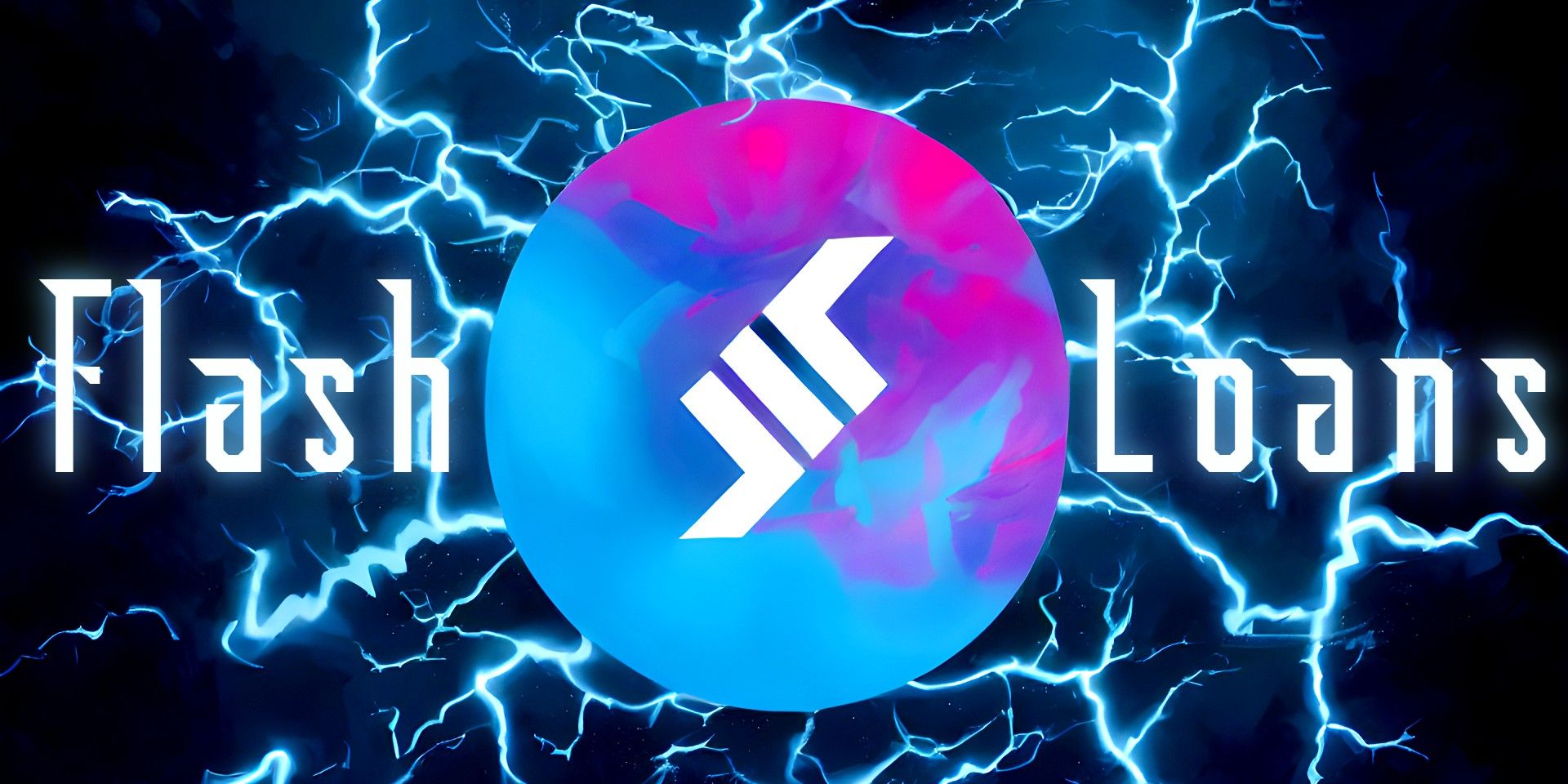
The world of blockchain is filled with many strange, complex things that cannot exist outside of it, and one of the least understood is the controversial ‘fash loan’ that is issued by Decentralized Finance (or ‘DeFi‘) lending/borrowing apps. DeFi exploded into popularity with the invention of cryptocurrency lending/borrowing apps.
Crypto holders have the ability to borrow stablecoins (cryptocurrencies valued at one dollar) against their crypto holdings, as well as take out loans denominated in other cryptocurrencies, which can be used for setting up short positions. In return, depositors of cryptocurrencies and stablecoins earn the interest paid by the borrowers. These apps rely on “liquidity pools” to function, where users deposit their crypto into a pool with other users, which the app draws from to issue loans to borrowers.
Normally, taking out a crypto loan requires depositing collateral that can be liquidated if the loan goes bad, but flash loans operate differently. As Decrypt explains, the entire amount of the loan must be returned at the end of the transaction or else the transaction will be reversed, which eliminates the need for collateral. Blockchain smart contracts are used to call a flash loan, allowing the borrower to use the loan across many other DeFi apps throughout the loan’s short lifespan. The most common use for flash loans is arbitraging price differences between decentralized exchanges (often called ‘DEXes‘) like Uniswap. Arbitraging with flash loans is a win-win for all parties involved, as the trader makes low-risk profits while the ecosystem benefits from price stability between DEXes, but it is also highly competitive and difficult to pull off without the use of bots. Flash loans are also used by non-traders for “collateral swapping,” allowing them to swap out their crypto loan’s collateral asset for something else, potentially averting liquidation of their loan.
Flash Loans Can Be Weaponized
While flash loans are invaluable for DeFi, they are extremely dangerous to projects that didn’t prepare for their capabilities during development. For example, decentralized autonomous organizations or DAOs that use token-based voting mechanisms can be exploited by flash loans if they aren’t designed properly. DeFi stablecoin lending protocol Beanstalk suffered this kind of attack in April 2022, where the attacker used a flash loan to obtain enough DAO governance tokens to pass their own proposal to withdraw roughly $77M of assets from the community treasury.
The DeFi industry learned the hard way that flash loans can be used to manipulate prices on DEXes, which can open opportunities or attack vectors on decentralized applications (commonly called “dApps“) that rely on DEX price feeds. As DappRadar reported in February 2020, one of the most controversial and infamous flash loan attacks in DeFi involved the DyDx trading platform, one of the first to offer flash loans. In that case, a clever coder borrowed millions in ETH, traded it for BTC on one platform, took out a short position against BTC on another platform, sold the borrowed BTC on a DEX to crash the price, closed the short position in a profit, and repaid the flash loan. This clever smart contract resulted in a $360,000 profit with only an $8.23 transaction fee, prompting controversy in the community about whether it was a hack or just intelligent coding skills.
Flash loans are an advanced DeFi technique used to borrow massive sums of cryptocurrency for a single transaction. They are commonly used to balance out price differences between decentralized exchanges and sometimes to swap out collateral used for crypto lending/borrowing apps, but they are also commonly used by hackers as tools to break or manipulate DeFi smart contracts. Flash loans are unique to blockchain technology, and are one of the many threats developers have to be aware of, but are also a powerful tool used for stabilizing the on-chain economy.
Source: Decrypt, Beanstalk, DappRadar
This news is republished from another source. You can check the original article here


Be the first to comment